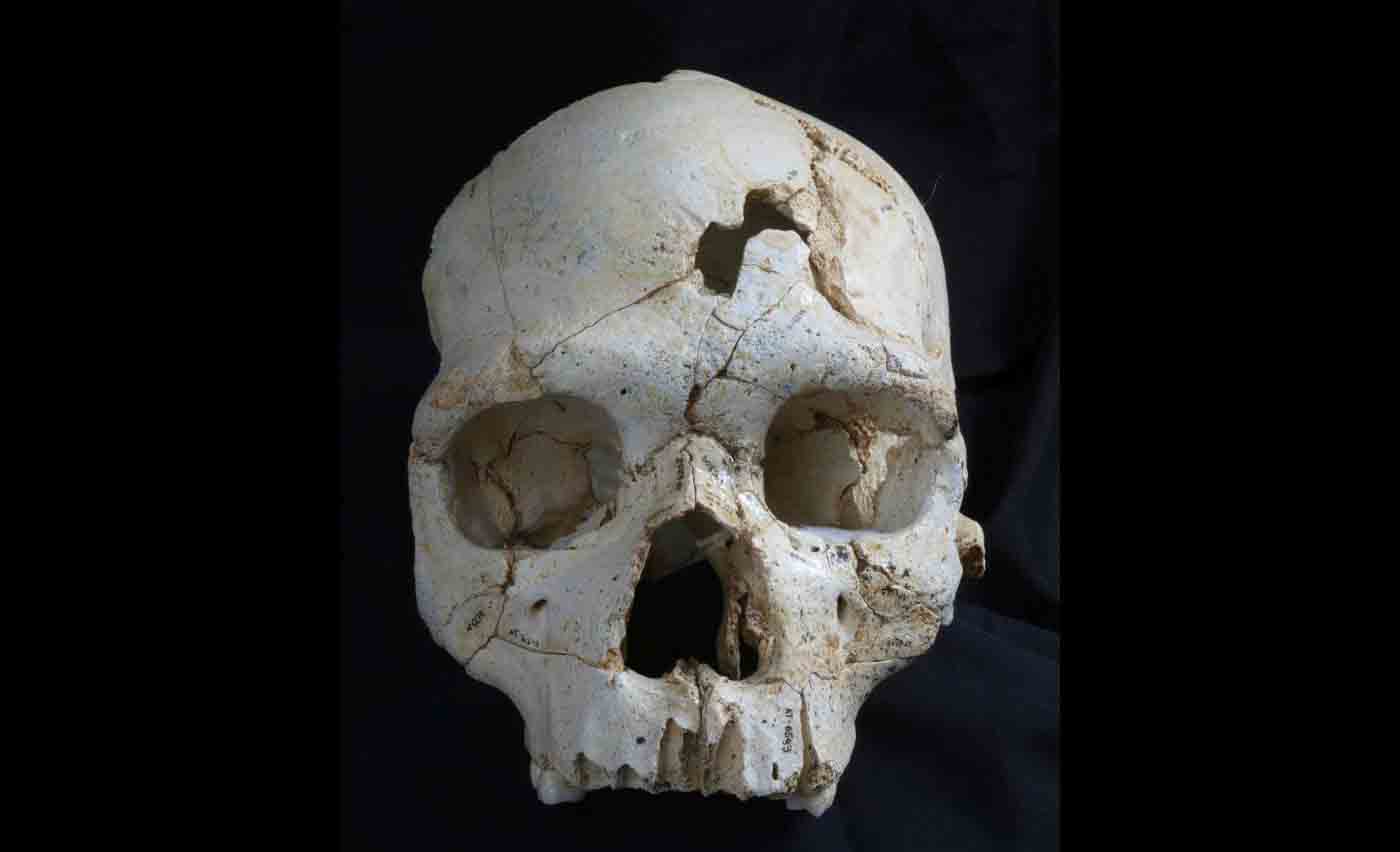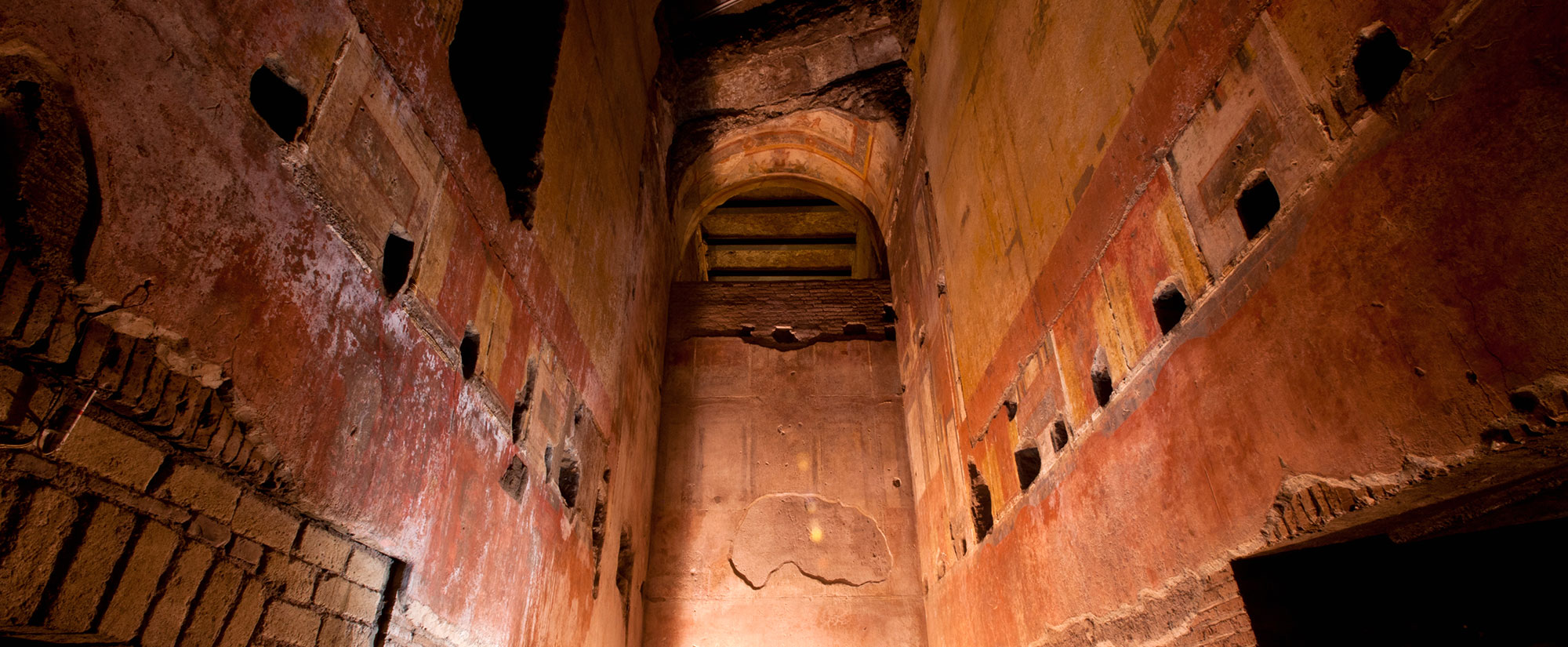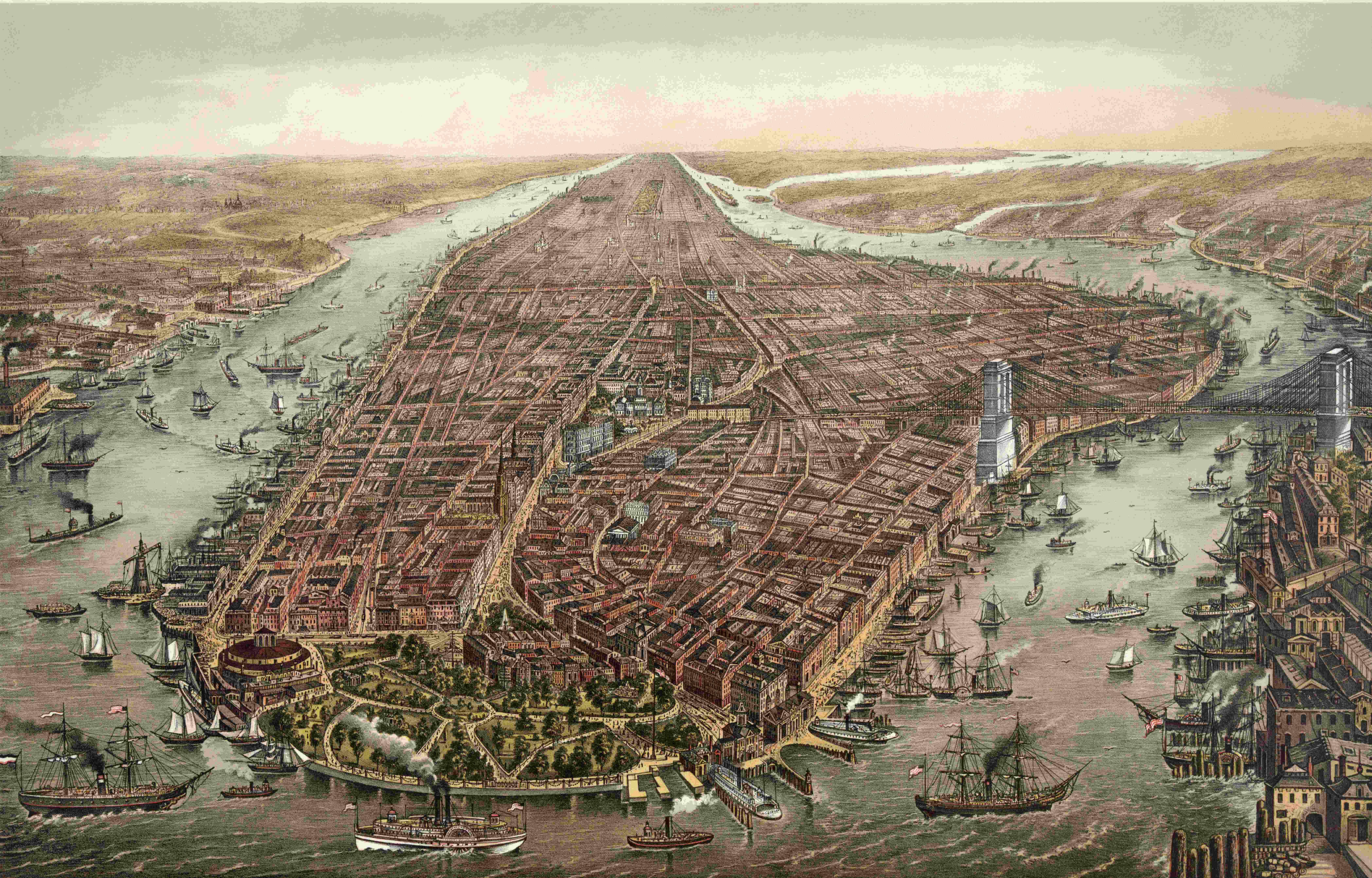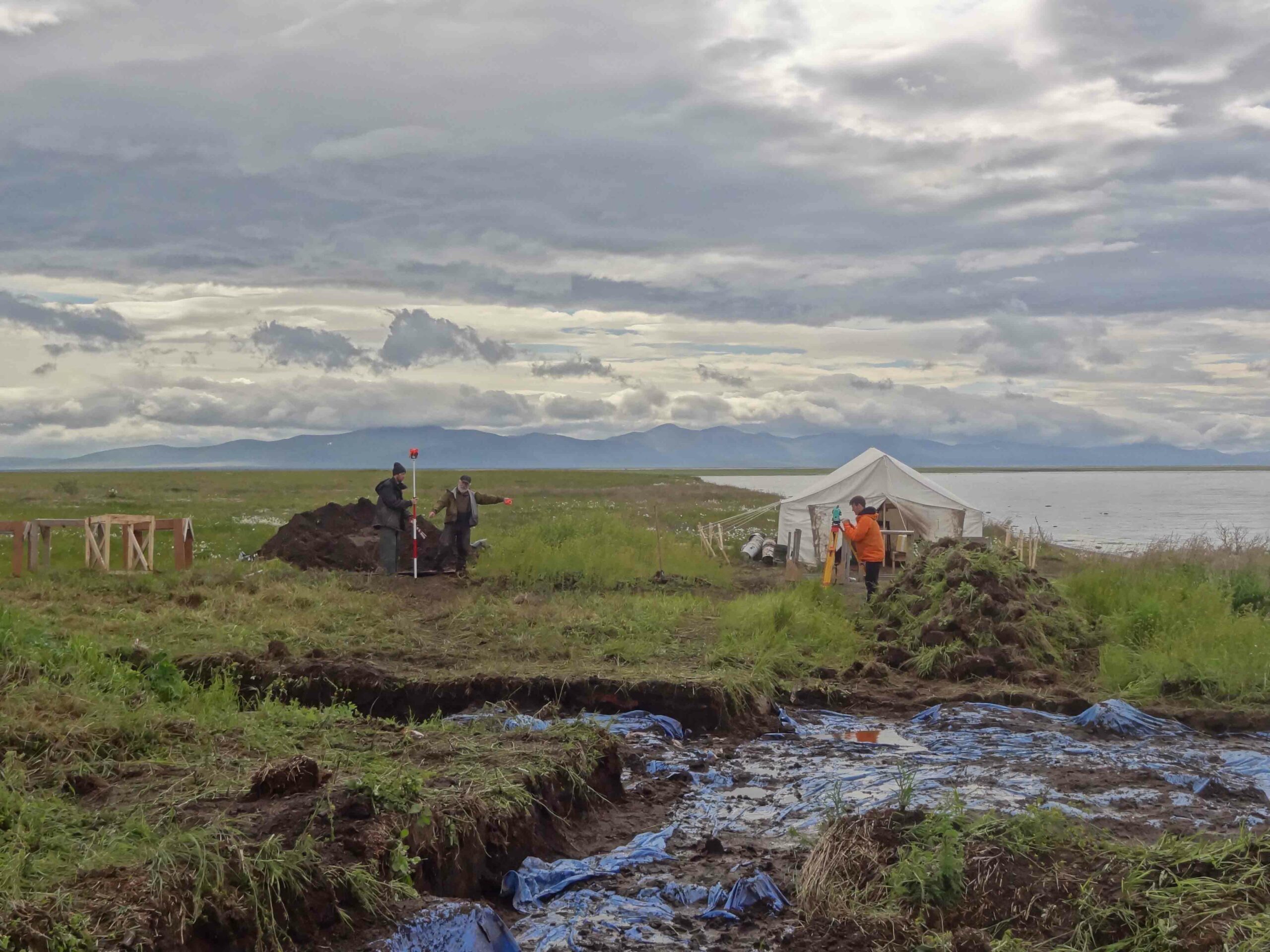
In northern Spain about 430,000 years ago, the bodies of at least 28 early humans—evolutionary precursors of Neanderthals, Homo heidelbergensis—found their way to the bottom of a 43-foot-deep shaft in the bedrock that archaeologists call Sima de los Huesos, or “Pit of the Bones.” How the bodies got there is a mystery that Nohemi Sala, a paleoanthropologist at the Joint Center for Evolution and Human Behavior at the Institute of Health Carlos III in Madrid, has been trying to solve since 2007. Several explanations have been proposed: Carnivores might have dragged them there, or perhaps 28 separate hapless hominins accidentally fell down the shaft. In one particular case, the pit appears to have been used to dispose of the earliest known murder victim.
Sala discovered the evidence of murder while studying breakage patterns of the bones—6,700 in total. Most breaks had occurred over the millennia that the bones sat in the ground, but one skull had some very distinctive damage. Two breaks in the forehead appear to have occurred while the individual was alive. With no signs of healing, they indicate the individual did not survive long after being struck. The wounds had been made by a blunt object, and each blow was probably deadly on its own, which rules out the possibility of a hunting accident or unusual suicide attempt.
Sala’s analysis was also important for what it did not reveal. The pit bones did not show much evidence of carnivore damage, or the type of breaks that might occur had people merely fallen in. Sala believes, instead, that Sima de los Huesos was purposefully used to dispose of the deceased, and that it may reflect the capacity of H. heidelbergensis for both violence and compassion. “They cared for the dead,” says Sala, “and this is a very human behavior.”












